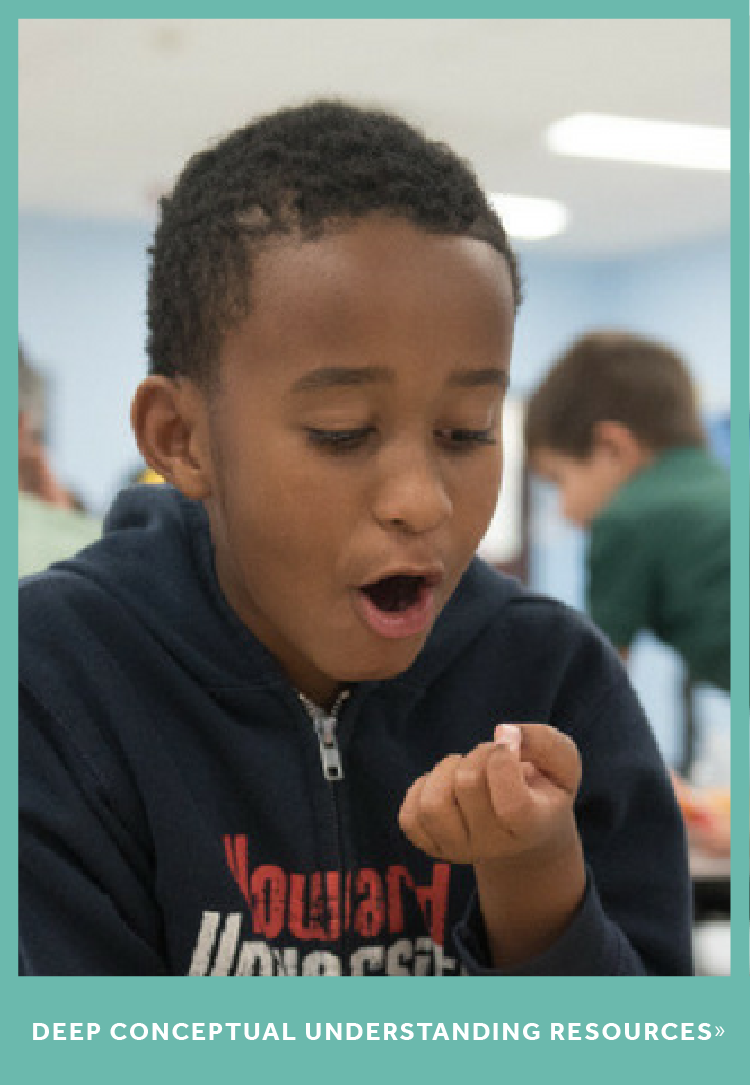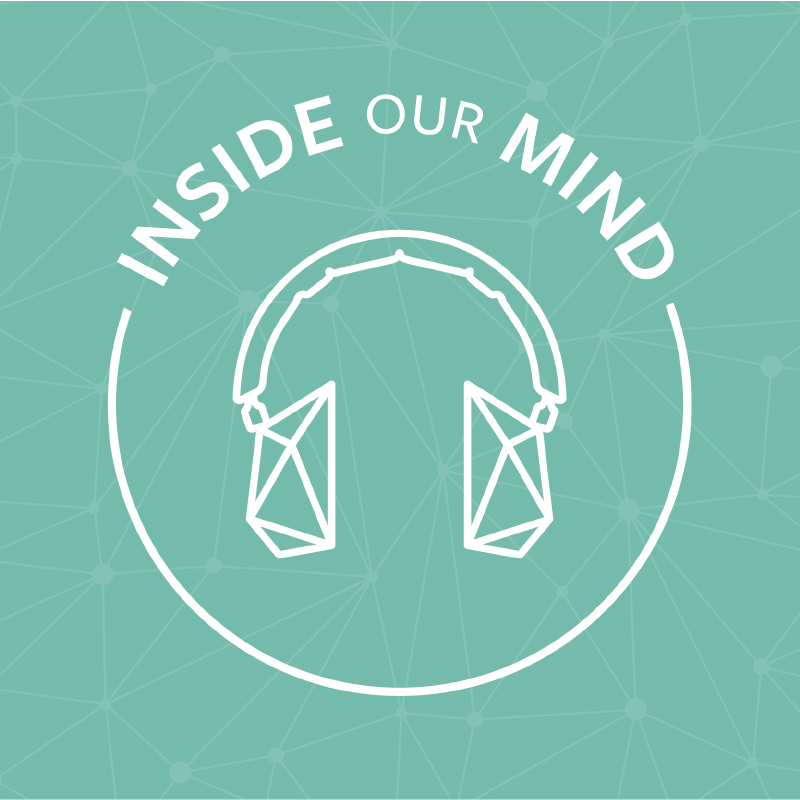When the District of Columbia Public Schools’ Chancellor Kaya Henderson announced in 2012 the launch of an ambitious plan to transform our schools, we were all very excited, albeit a little nervous. But the plan to invest in struggling schools, and focus significant resources and attention to raise proficiency rates across the district, made our marching orders clear. Every office, in every building, in every school and administrative team now worked toward the same, very specific five goals outlined in the Chancellor’s five-year strategic plan called, A Capital Commitment. To change outcomes, we had to change inputs and explore new paths. Now more than two years in, we all do our part as we strive to become the best urban school district in the country. Our role has been launching a second to none, district-wide blended learning initiative—wedding the best of what teachers can do with the best of what technology can offer. Our journey has only just begun, but already our students are seeing some very promising results.
Confusing map
As we embarked on this blended learning journey, like many travelers before us, the map was missing a few key trails. Our conversations and research, about how and what else we could do to support student achievement, kept pointing in the direction of technology. The same high-achieving schools, whose successes were touted on list after list, were increasingly utilizing a blended learning approach. Teachers in these schools incorporated a variety of technologies to present dynamic and static content, make assignments, interact with students, and provide feedback. Teachers reinvigorated and recommitted; students were engaged.
Several themes emerged following conversations with DCPS teachers and school leaders about how to accelerate achievement. First, we had to support differentiation in instruction to accommodate learners at all levels. Second, the content had to engage students and keep their focus. Third, teachers wanted real-time, actionable student data to inform classroom decisions. And last, regular professional development on how to best implement new practices in their schools had to be a part of the plan. These conversations, along with the support of our innovative and student-focused Chancellor, led to the strategic decision to begin a blended learning initiative in math in the 2012-2013 school year.
Acknowledging deficits
Deciding just how big we could go was not a decision made lightly. Too big, and we fail everyone, too small and we waste time. Ultimately, several key factors that were outside of our immediate control made the decision for us. If we wanted to build the nation’s best blended learning model, we first needed to build the infrastructure. Quickly we came together to acknowledge our deficits: We didn’t have dedicated central staff to oversee program elements and train and support teachers, nor any significant implementation support at either the district or school-level. The ability to collect and analyze data in the way we were proposing was limited, thereby leaving us without a way to truly measure a program’s success.
We had two aces to help eliminate these barriers to our efforts in support of student learning. First, we had research on our side that if we could put these systems in place, our students would reap the benefits, and with that foundation and focus, our second ace was, and remains to be, Chancellor Henderson. She is steadfast and unrelenting in her strong belief in the power technology has to help students succeed. Her directive led to an aggressive school modernization and technology infrastructure plan. We built our team and recruited educators with experience in urban classrooms whose first hand experiences with instruction and technology were critical to our success. We secured investments from key philanthropic partners to help fund a dedicated blended learning team to work with teachers to identify high quality, rich digital content and to support implementation fidelity as we launched several pilots, all centered around the themes we heard in our conversations, and all connected to the goals in A Capital Commitment.
One step at a time
Although we were excited about the prospect of transitioning the entire district approach to one of innovation and high achievement, we knew that change on such a massive scale was best undertaken in stages. Our phased approach started with math curriculum, while literacy programs finalized aligning themselves to Common Core. In 2013-2014, we expanded our efforts beyond math to include literacy, science, social studies, and whole-school redesigns.
With the infrastructure in place, we determined one of the cornerstones of our approach would be a portfolio of high-quality digital content that aligned to our academic goals, scaffolded instruction, and provided immediate feedback to students. The digital content had to help support and inform teacher interactions, so a focus on data, teacher-friendly data reports, and student action plans were critical aspects. We had meeting after meeting and worked with district curriculum specialists to review all the options and selected content providers with demonstrated success like ST Math, Lexia Reading Core5, and myON.
This approach has paid off over time. Teachers who participated with fidelity in our rollout of ST Math in grades 1-5 over the past two years have seen student proficiency improve 19 percentage points on our state test, compared to 5.2 percentage point gains across the average class that didn’t use ST Math. We are pleased and proud that our schools have maintained these gains over two years, and are on track to continue to grow as we transition to the new PARCC assessment. In reading, we’ve also seen student improvement. Students reading at all levels saw greater gains on the DIBELS assessment after using Lexia Reading Core5, a blended learning reading program, compared to students that did not. In fact, their reading ability grew by 12 percentage points. These early gains are encouraging and we expect to see greater growth as we continue to scale our blended learning work.
Our work has us actively curating, implementing, evaluating, and scaling blended learning models and digital content for all subject areas. Chipping away piece by piece at what once seemed like a Herculean effort, we are strategically developing blended learning feeder patterns throughout the city. With the foundation set early in elementary school, students have continuous access to the blended learning experience throughout their K–12 careers. For too long, the idea off seeding innovation lived only among the charter schools. Not anymore. In DCPS, we have found ways to help our best teachers explore new approaches using blended learning.
Continued evolution
We understand that solutions focused on student learning are not about changing a few processes and updating a few manuals and that, even two years in, this is all still very new. What really matters is how these pieces come together in reality and in practice. Blended learning continues to evolve, but is always reflects a combination of curiosity, planning, collaboration with teachers and students and support from administrators. Like every journey, we take wrong turns or approach doors that seem unable to open, but our missteps are important lessons that have helped us grow stronger and more focused on our goals of student achievement. And it all started with a commitment to changing the outcome for all students in the nation’s capital.
David Rose is deputy chief, Office of Educational Technology and Library Programs and John Rice is manager of Blended Learning for District of Columbia Public Schools. This article was orginally published on District Administration, April 2015 and reposted with permission.






.png)



Comment